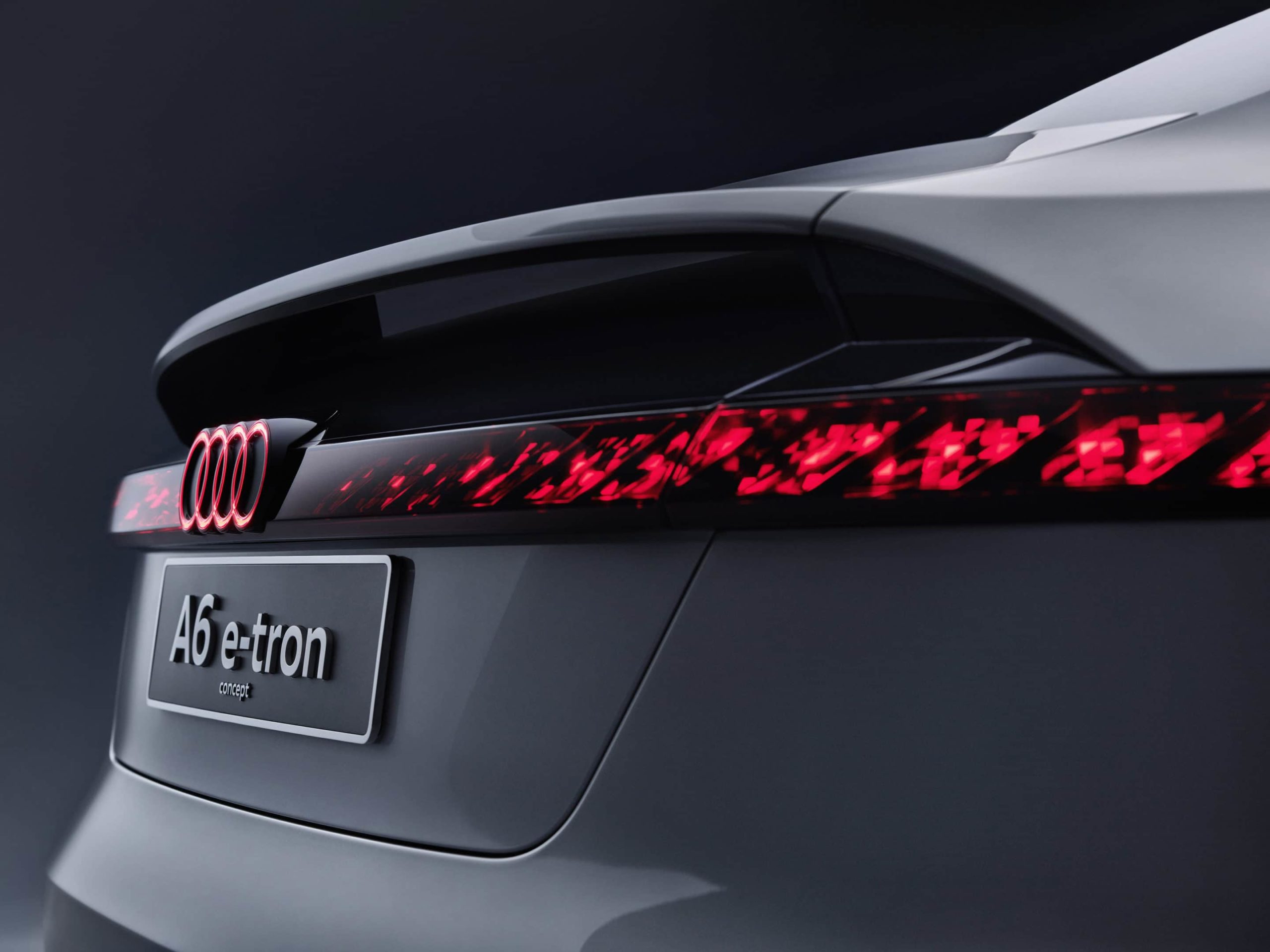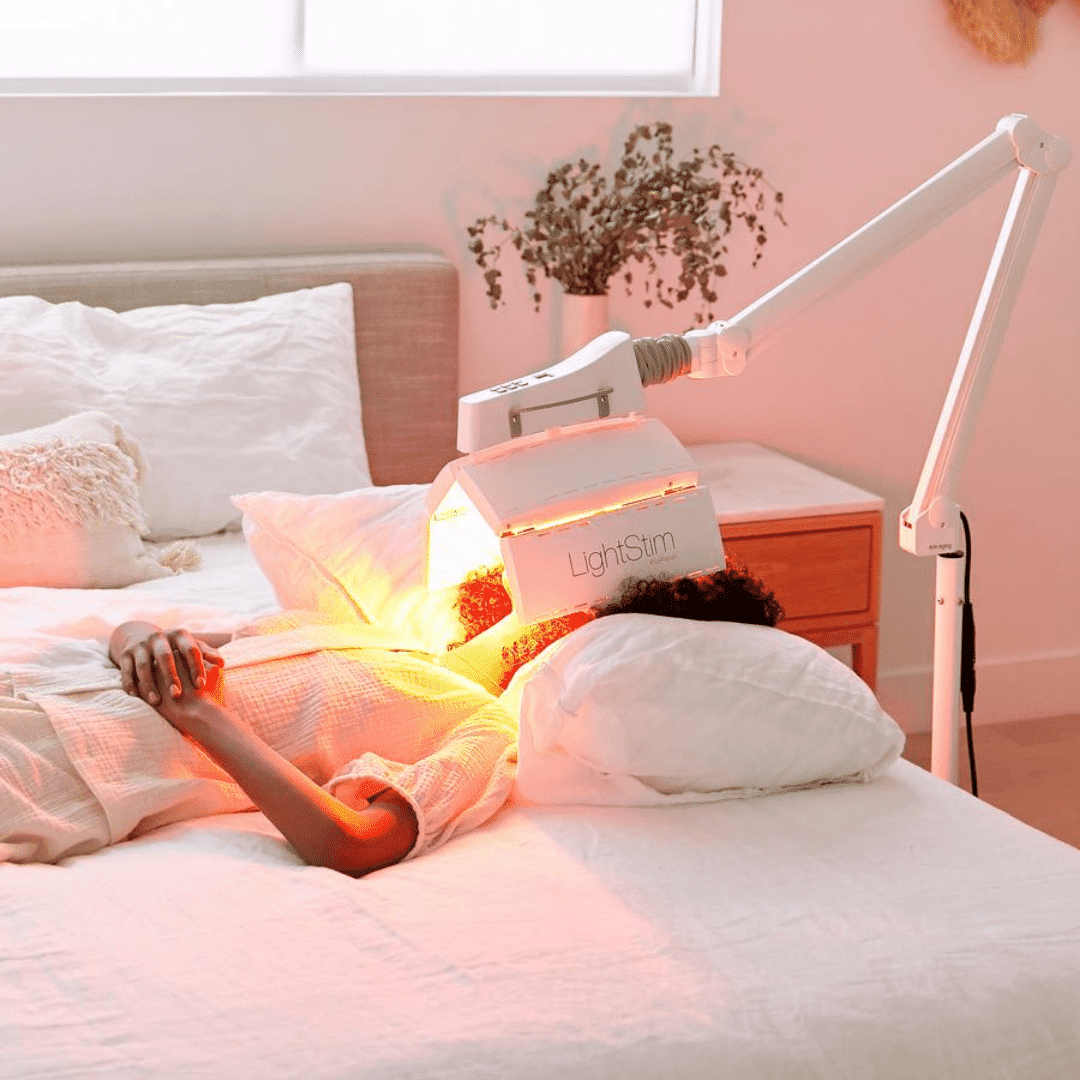Why OLED is an Ideal Technology for Photobiomodulation Therapy Applications
By Dr. Mike Hack, VP Business Development, Universal Display Corporation
What is Photobiomodulation Therapy?
According to the North American Association for Photobiomodulation Therapy, Photobiomodulation Therapy (PBMT) is:
“A form of light therapy that utilizes non-ionizing forms of light sources, including LASERS, LEDs, and broad-band light, in the visible and infrared spectrum. It is a non-thermal process involving endogenous chromophores eliciting photophysical (i.e. linear and non-linear) and photochemical events at various biological scales. This process results in beneficial therapeutic outcomes including but not limited to the alleviation of pain or inflammation, immunomodulation, and promotion of wound healing and tissue regeneration.”
Essentially, exposing a wound or injury to red and infrared light can infuse our cells with energy, alleviate pain and promote faster healing.
There are two clinically proven spectral ranges of light that are most effective in these types of treatment: 630-670 nm (visible red light) and 810-880 nm (near infrared). Light wavelength determines the depth of penetration into tissue, so it’s important to assess the appropriate wavelength to address specific conditions.
The Beginnings of Light Therapy
There is a long history of using light to treat wounds and inflammatory conditions. In 1903, Niels Ryberg Finsen won the Nobel Prize in Physiology or Medicine for studying the effect of light exposure on his own rare autoimmune condition. His studies originated from the realization that time spent in the sun improved his condition.
The risk of this approach is that too much UV exposure from sunlight can lead to various forms of skin and genetic damage. Physicians needed a way to deliver a more controlled application of the light, so they turned to lasers and inorganic LEDs.
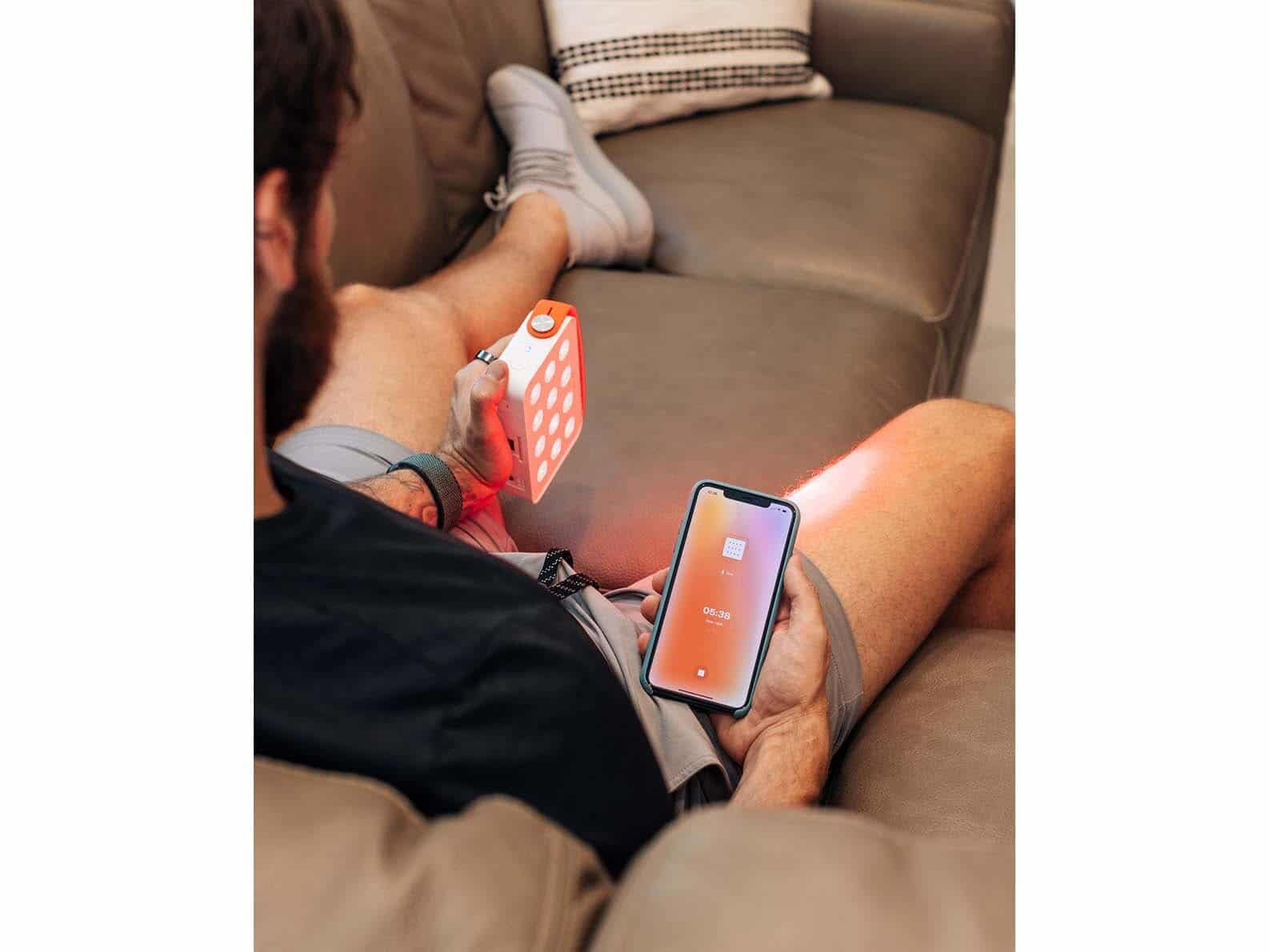
Photobiomodulation Therapy device – Joov Go 2.0
Photobiomodulation Therapy Applications
PBMT is currently being used in a wide range of applications and treatments, particularly for cases where patients have difficulty healing from injury on their own. Some of these groups include those with advanced diabetes, autoimmune conditions such as Lupus, and those undergoing cancer treatment. Numerous medical devices are being developed, and many studies have shown how PBMT can help patients in these groups achieve faster and safer wound healing than when left to their own natural healing process. One study showed that PBMT significantly reduced the presence of severe acute radiation dermatitis in patients being treated for head and neck cancer.
Other uses for PBMT are for competitive athletes and skincare. Athletes are using PBMT before and after games to increase the rate of muscular recovery, reduce the risk of injury and increase performance. Additionally, facemasks that emit red light are being used to treat acne and improve complexion. These products originally found a particularly strong adoption in Asia and have since begun to be used worldwide.
I’ve even tried Photobiomodulation Therapy myself! About a year ago, I had surgery, and afterward I had a small machine that I used to expose the wound site to red light every day for two weeks. Compared to the time that the doctor told me it would take to recover, I beat it by a factor of two at least. Now whether this can be entirely attributed to the red-light exposure is difficult to verify conclusively without a study, but at least it is a safe technique with no known negative side effects that has been shown to alleviate pain and accelerate wound healing in clinical research.
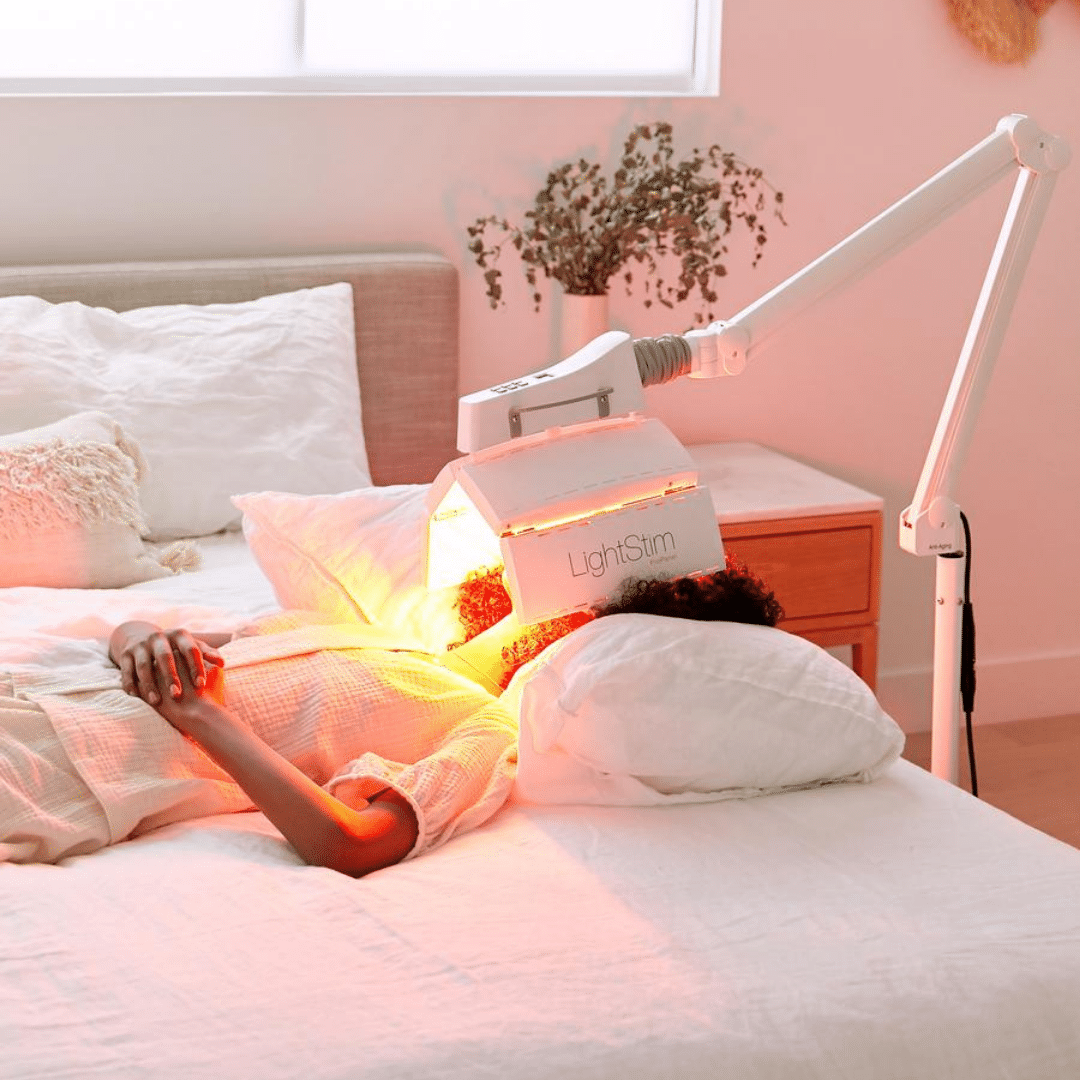
Photobiomodulation Therapy device – LightStim Pro Panel
Why are OLEDs great for Photobiomodulation Therapy?
Most PBMT today is being conducted using inorganic LEDs or lasers. However, OLED lighting offers some unique benefits and advantages for this type of light therapy, including:
- OLEDs emit no UV wavelengths, making them safe for prolonged exposure to the skin.
- The ultra-thin form factor of OLED panels and their potential to be produced on flexible substrates expands possibilities for wearable, customizable, and conformable PBMT devices.
- Use of phosphorescent OLED (PHOLED) technology provides high efficiency, reducing power requirements and excess heat – incredibly important for wearable applications and enables operation by batteries.
- OLEDs emit light evenly across the surface of the panel, removing the requirement for components such as diffusors or circuit boards for power distribution.
- By dispersing heat evenly across the surface of the panel, OLEDs operate at a cool temperature, making them comfortable and safe to be placed close to the skin.
Enabling wearable patches through OLED technology means that more treatment can be carried out at home without the need to visit a medical facility.
OLEDs are UV Free Lights
As previously noted, light therapy research began with prolonged exposure to sunlight. However, the increased sunburns and risk of other skin issues countered the benefits of the pain alleviation.
With OLED lighting, this is not a concern. OLED panels do not emit at UV wavelengths and have been certified by the IEC as exempt from photobiological risk to the eyes and skin.
Thin and Flexible OLEDs Expand Wearable PBMT Potential
Like the facemasks used to treat acne and other cosmetic skin problems, the future of PBMT is in simple and lightweight devices that can be conveniently worn to provide lighting exposure.
OLED lighting panels have an ultra-thin profile, with the emitting layers and electrical components as thin as a human hair and overall panel thicknesses of 0.5 mm. OLEDs can be deposited on virtually any substrate, and have been commercialized on bendable glass and plastics, the latter of which is shatter-proof and offers advantages in patient safety for applications that leverage direct contact with the skin.
With the development and expansion of flexible OLED technology, the panels can be easily integrated into masks, caps, or patches that can be placed on the body, customized to the size of the patient, and reconfigured from case-to-case to treat a wide variety of health concerns.
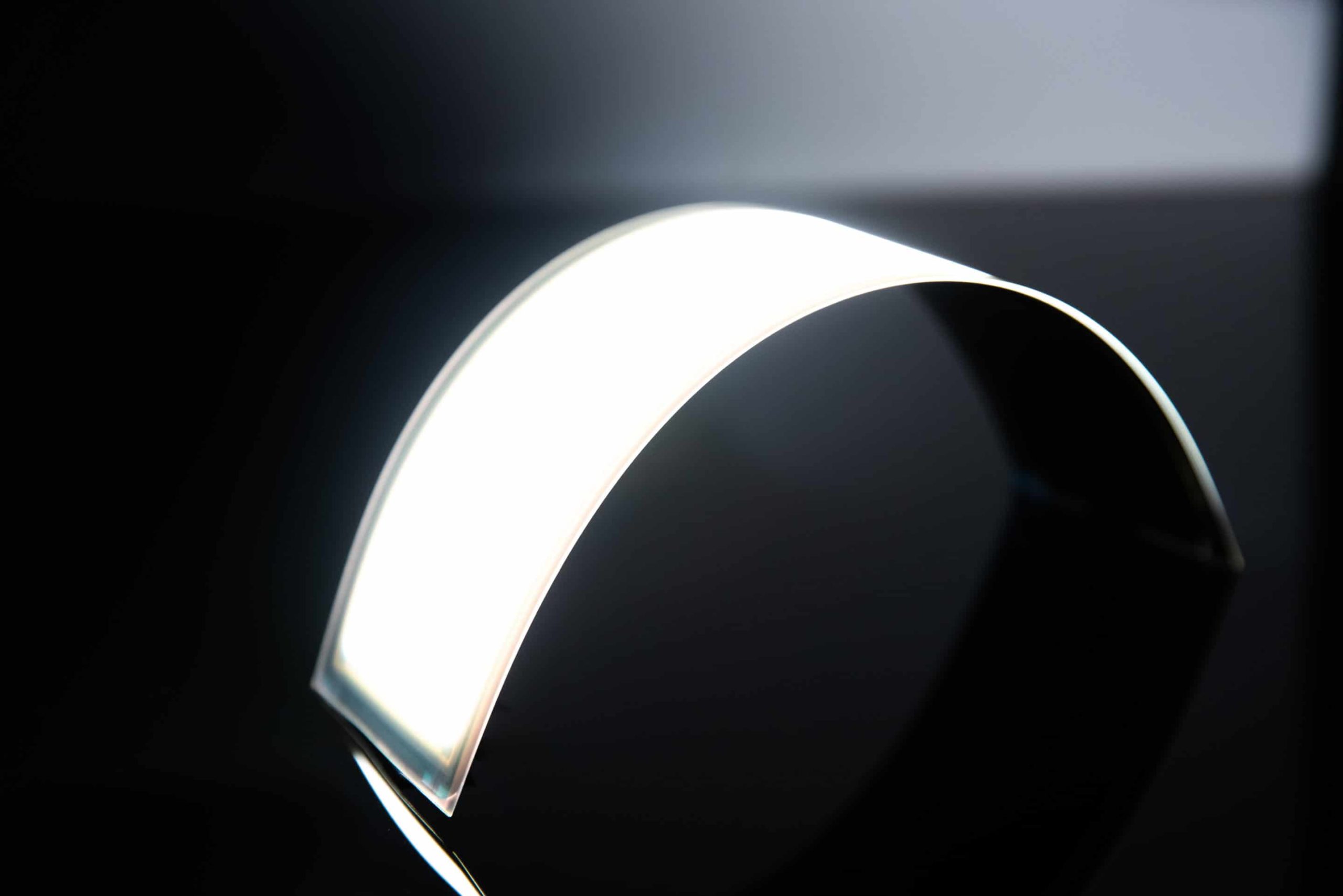
Example of flexible OLED lighting – OLEDWorks LumiCurve Wave
OLEDs are cool-to-the-touch during operation
Many of these PBMT treatments require around twenty minutes or more of light exposure to achieve optimal results.
OLED lighting provides uniform illumination, and using phosphorescent OLEDs, it is highly efficient. This means that the energy and heat is emitted evenly across the surface of the panel, creating a dissipation of heat and a cool-to-the-touch experience. In other words, OLEDs can be placed close to the skin without discomfort from heat generation.
With benefits like comfort, skin safety, and form factor, OLED lighting offers an ideal choice for PBMT devices. Looking at the wide range of illnesses and injuries that can benefit from increased adoption of this treatment, I am excited to see the positive impact that OLED lighting and Photobiomodulation Therapy will have on patients’ lives.
To keep up with the latest OLED lighting news and developments, make sure to subscribe to OLEDLight.org.




